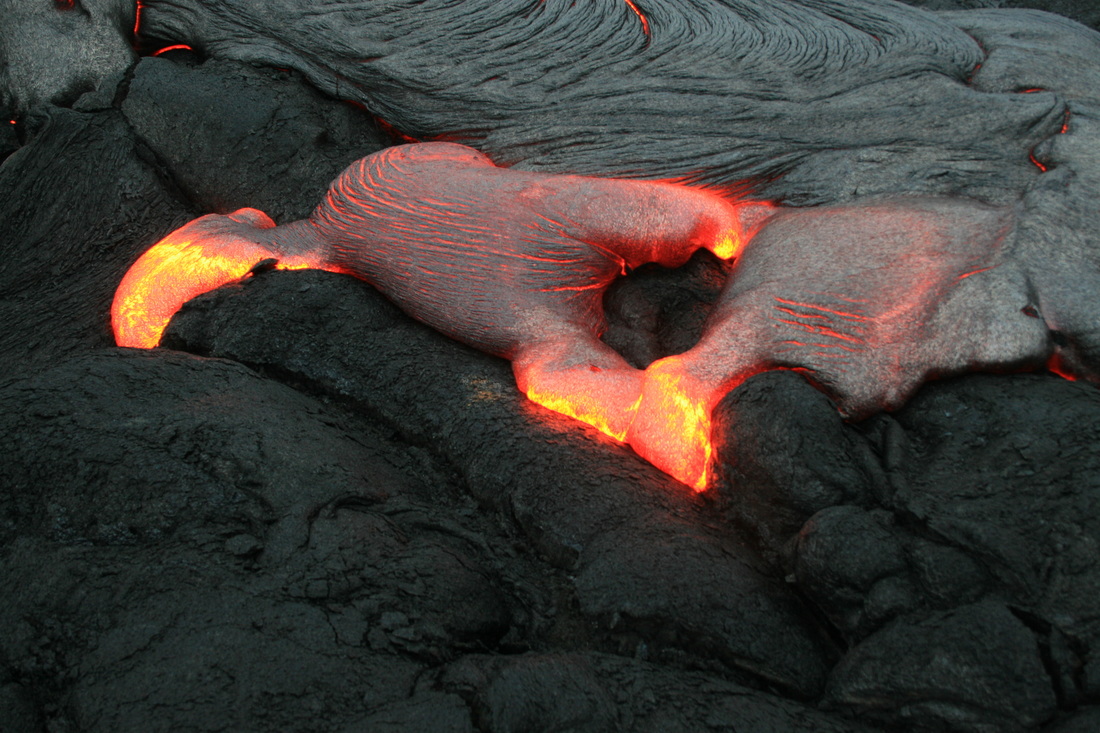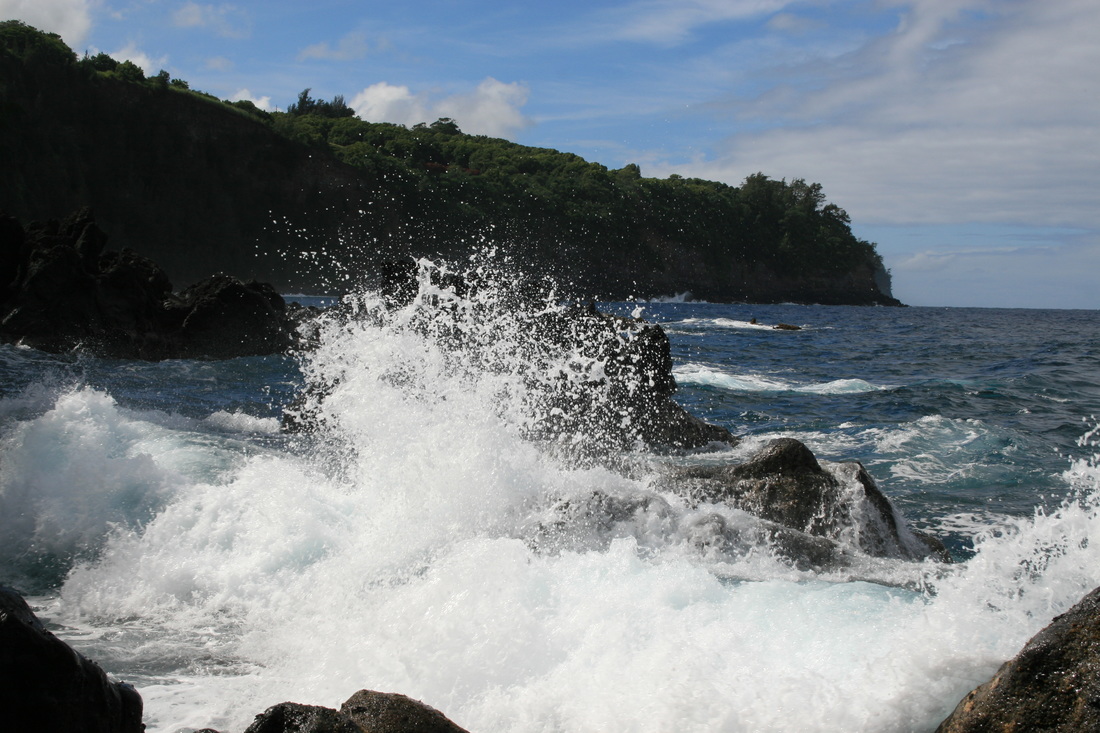|
On the heels of my last blog post about wrecking my bike in a race and getting up to win, there have been some misconceptions that I need to clarify.
Last month in an Olympic triathlon, I was passing a guy on the bike who veered into me. My bike went out of control, but I was able to get it off the road before the bike stopped in a ditch, and I ejected like a javelin, head and shoulders first, into the dirt. I spent nearly 3 minutes out of the race before getting up to win. What I failed to describe is: What happened in that 3 minutes? To explain, first I must go back farther to another race: the Ironman World Championship in Kona, Hawaii in 2012. I was there on a slot through the legacy program, which is set up for people who have done at least 12 Ironman races, but who have not qualified. To the best of my knowledge at the time, this might be the only chance I ever had to compete at this race. Things were not going well from the beginning. I had a subpar swim, and couldn’t hold my goal watts on the bike from the start. I accepted this, adapted my goals, and developed the mantra “Preserve the Finish”. I did everything I knew to make sure that I finished the race. Sometimes what gets you is what you do not know. I had a major flaw in my nutrition plan, both leading into and during the race. In retrospect, it is one that plagued me at every race up to this one (and the one that led to my future use of Skratch Labs products) – I sweat a lot, and I lose a lot of sodium in my sweat. I had diligently stayed hydrated with water up to the race, and I was drinking water on the bike, supplemented with salt pills….but not enough. Things got worse. I was vomiting on the bike. I spent 20 minutes in T2 (2nd transition from bike to run) with cramps, waiting until I felt I could safely stand without medical personnel pulling me off the course. The marathon went from running, to walking, to moving in and out of a blackout. I was confused and didn’t recognize my roommate (who was uniquely recognizable as an amputee). I continued to focus on my “need” to finish the race. I knew I was in trouble, but I did not realize how much trouble I was in. I crossed the finish line, and have no memory of it. I was taken to the medical tent with dangerously low sodium levels. There is some evidence that it was 116 (things are unclear). After several hours, they got it up to 118, and sent me to the hospital for further treatment. Hyponatremia is defined by a sodium level less than 135, profound hyponatremia is defined at less than 125 and has a high mortality rate. The brain swells, you can have seizures, coma, the brain can herniate through the foramen magnum, and death. When I became cognizant the following morning, I looked at my husband and commented, “You seem awfully calm about this.” His response disturbed me. He said, “I have come to accept the fact that you may kill yourself doing this, and there is nothing I can do about it.” I was not OK with that on any level. It was then that I (finally) realized that as much as I love my sport, and as competitive and driven as I am, that I am not willing to die for it. Preserving my life and my ability to race is more important that any finish. So, what happened in that 3 minutes in the Olympic race? Once I ascertained that I had not broken my neck and could move, my mental process was this: There were 2 options, and both were equally acceptable. I could go on and race, or I could drop out and accept a DNF (did not finish). The deciding factor would be my physical state, NOT what anyone else thought then or later. I spent that time evaluating myself. Admittedly, that can be hard any time your brain may be involved with the damage. However, I had some concrete things to hang my hat on: most people know that I have a degree of face blindness; I have trouble recognizing faces as well as remembering names. At the scene of the wreck was someone I knew, but not well, and he was supposed to be racing. I saw him, recognized him out of context, and asked him what he was doing out of the race by name. I was able to reassemble my helmet, bike and gear. In those 3 minutes, I assessed my condition, saw zero signs of head trauma, and made the choice to continue the race. I could have just as easily chosen to walk off the course. I also considered my long term goals – in 7 weeks I would be racing Kona again (as a qualifier), and did not want to endanger that race; but if things were ok, I wanted the workout effort for training purposes. “Death before DNF” is a damaging and dangerous motto. Dropping out of a race can be the single most difficult and courageous move an athlete can make. I am not suggesting that one should give up whenever the going gets tough, but there are plenty of opportunities in this sport to “prove” our mental and physical toughness without endangering our life or our ability to continue to train and race. We are driven people, and we invest a lot in the outcome of each race. To achieve our biggest goals, we must have the strength to do “whatever it takes” that will allow us to continue to consistently train and race – “whatever it takes” includes walking off the race course or away from a training session when it is in our best long term interest. "What I Learned from Falling on my Head"
I decided to do a small local Olympic triathlon as a C priority race, well maybe a D priority race (if there is such a thing), one week after an Ironman 70.3 as a social event with friends from the newly minted Cookeville Triathlon Club. I figured it would make a good workout, and if I got lucky, maybe I could hit the overall podium on tired legs. I started in the last wave, and by the swim exit, things were going well as I had swum through the women’s wave ahead of me, into the men’s wave. Less than a mile into the bike, I was in my aerobars going 20-30mph passing a guy, who suddenly swerved into my path. I was able to get one hand out of the bars onto my rear brake, and managed to guide my fishtailing bike off the road, figuring it would make a softer landing, since it was clearly going down. It was a good plan, until a ditch stopped the front wheel cold and I flew over the bike onto my head. I never put out a hand. I found myself lying face down, with my neck in an unnatural position, wondering if I’d broken my neck. After I found out that body parts still worked (but not fully aware of the damage until that evening), I got up, and picked up the gear spread over a swath of territory. I put it all back together, wondering, “what now?” I didn’t see reason to stop, so I got back on the bike, and resumed the race. There was a moment in which I thought that my idea of the overall podium was gone, but then I forgot about that outcome goal, and focused on the process of racing instead – dealing with the fact that I’d lost half my nutrition, my helmet wasn’t on my head quite right, the visor was sideways, and watching my effort and my body for signs of trouble. At one point, I found myself being pissed at the guy who took me down (and didn’t stop), but then I told myself that “I’m so strong, it’s appropriate that I be given a time handicap. Let’s see what I can do!” That served to refocus me from the unfortunate past to a confident present. In the end, after 3 minutes lost to the wreck, I won the race overall. I’m proud of that result. Not because of the outcome, because that reflected the strength of the field more than my own strength. And not because I physically got up and raced, because I’ve proven in the past that I’ll keep racing even when I shouldn’t. I’m proud of the way I managed it mentally. In the past, when things went badly in training or racing, I’ve had a tendency to have a part of me fear failure, give up, and go to a black mental hole. I’ve been in that hole for most of an Ironman bike and the whole marathon. That’s a long time, and it is not a pretty place. I’ve procrastinated the hardest workouts for fear of failing. So how did I get from there to here? I practiced failing. You’d think that failing in training would bring on the black hole and a sense of, “Why try, I’m going to fail anyway”, and it can, if you focus on the failed performance goal. I’ve been chasing some power numbers on the bike in intervals that are a little out of my reach. At first it was pretty discouraging. Then I realized that the whole purpose of reaching those numbers was not so much to achieve them, but to engage the process of going as hard as I could. In the dark space of those intervals I’d ask myself, “Can you go harder?” I checked for ragged breathing, burning legs, and involuntary grunting. If they weren't there, I pushed harder. If I finished the interval breathing hard, with quivering legs, sweat and snot and spit everywhere, well, then I put out an effort that stimulated the physiologic changes I’m seeking, no matter what the numbers say. That’s the real goal. And if I reach for that process goal, the numbers will come, and I see them coming. One day I will achieve that performance goal. And the performance goals will lead to my outcome goals. So, when I fell on my head, it didn’t matter how it all came out. It only mattered that I got up and tried, and didn’t allow my mind to distract me from that one thing. That was mental fitness that I had learned and practiced in training. There are probably easier ways to learn this lesson, but some of us need a good smack on the head from time to time….. Welcome to my webpage and my first blog post! I started big. I chose a photo of molten lava as the header for this section, because lava is creation in its rawest form - the creation of new earth. The photo on my articles page (also below) shows the power of the ocean on lava rock, a force which requires change, destruction and new creation. I took both these pictures on the east side (Hilo side) of the big island of Hawaii during my last visit there.
My logo also combines elements of lava and waves. The word fortitude is from the root fortis, Latin for strong, and is defined as courage in pain or adversity. Synonyms include courage, bravery, endurance, resilience, strength of mind or charactor, spirit, grit and guts. Forditude is a play off my name and the word fortitude. These powerful symbols, combined with an attitude of fortitude, symbolize inevitable change and power. I am fascinated by the forces that create and change us as people. Sport has that power. It tears down our barriers, bring us to our most raw core, and recreates us as a new, stronger person. Once you have faced your fears, addressed your weaknesses, been uncomfortable, and discovered that your limits are far beyond what you imagined them to be, you encounter life on a whole new level. Sport enhances life. Similarly, finding peace in our daily lives, living honestly and with integrity, dealing with others with patience and compassion, and being in touch with the moment and the experience you find yourself in right now enhances sport. Learning to listen to yourself, to hold your own self in compassion without judgement, and to appreciate the moment, is a tool that enhances not only daily life, but training and racing as well. In this way, sport cannot be separated from life. The creative forces of one transforms the other. Sometimes quickly with extreme heat, other times slowly by wearing down. Change is life. "Wheresoever you go, go with all your heart." Confucius Chinese philosopher & reformer (551 BC - 479 BC) |
AuthorSusan Ford is a coach, triathlete and veterinarian who enjoys sharing life with others. Archives
January 2017
Categories |
Proudly powered by Weebly



 RSS Feed
RSS Feed